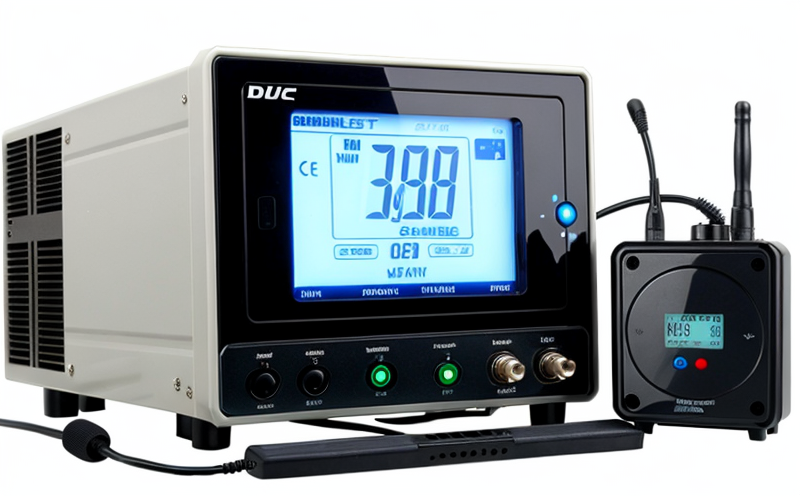DIN EN 300 328 RF Testing for German Wi-Fi Products
Compliance with DIN EN 300 328 is essential for any manufacturer of wireless devices operating in the German market. This standard ensures that products are safe, reliable, and compatible with existing networks while minimizing interference between different systems. The testing process covers a wide range of parameters including frequency bands, power output, modulation schemes, and more.
The DIN EN 300 328 standard is part of the European Telecommunications Standards Institute (ETSI) suite of standards aimed at ensuring interoperability among wireless devices across Europe. For German manufacturers specifically, this compliance requirement is critical for market entry and continued operation in a competitive environment.
Our laboratory offers comprehensive testing services to ensure that your Wi-Fi products meet the stringent requirements set forth by DIN EN 300 328. Our team of experts uses state-of-the-art equipment to simulate real-world conditions, ensuring accurate and reliable test results. This allows you to confidently bring your product to market while avoiding costly delays due to non-compliance.
The testing process involves several key steps:
- Frequency band validation
- Power output measurement
- Modulation scheme verification
- Emission spectrum analysis
- Interference mitigation assessment
Our laboratory ensures that all tests are conducted according to the latest versions of DIN EN 300 328, ensuring that your product is compliant with current regulations. We provide detailed reports and certificates of compliance that meet the highest standards, giving you peace of mind regarding market entry.
| Test Parameter | Description |
|---|---|
| Frequency Bands | The testing includes validation across all relevant frequency bands, including 2.4 GHz and 5 GHz. |
| Power Output | We measure the maximum power output to ensure compliance with emission limits set by DIN EN 300 328. |
| Modulation Schemes | The standard requires verification of modulation schemes used in your product, ensuring compatibility and interoperability. |
| Emission Spectrum Analysis | We analyze the emission spectrum to ensure that your device does not interfere with other wireless systems operating on the same or adjacent bands. |
Why It Matters
Meeting DIN EN 300 328 requirements is not just a legal requirement but also a strategic business decision. Failure to comply can result in product recalls, fines, and damage to brand reputation. By ensuring compliance early in the development process, you can avoid costly delays and ensure smooth market entry.
Compliance with this standard demonstrates your commitment to quality and safety, which is increasingly important as consumer expectations for reliable and secure wireless devices grow. It also opens doors to new markets by meeting specific regulatory requirements set forth by the German government.
The testing process ensures that your product performs consistently across different environments, providing a better user experience and enhancing brand loyalty. Additionally, compliance with DIN EN 300 328 can help you differentiate your product in a crowded market, positioning it as a leader in terms of safety and reliability.
Industry Applications
- Home networking devices
- Smart home appliances
- Industrial automation systems
- Medical equipment with wireless components
Environmental and Sustainability Contributions
By ensuring compliance with DIN EN 300 328, we contribute to a more sustainable environment by minimizing electromagnetic interference. This helps protect other wireless systems from potential disruptions, promoting a safer and more efficient use of the radio spectrum.
We also support sustainability goals by helping manufacturers avoid costly recalls and product rejections due to non-compliance. Our testing services ensure that products are not only safe but also reliable, reducing waste and increasing customer satisfaction.





